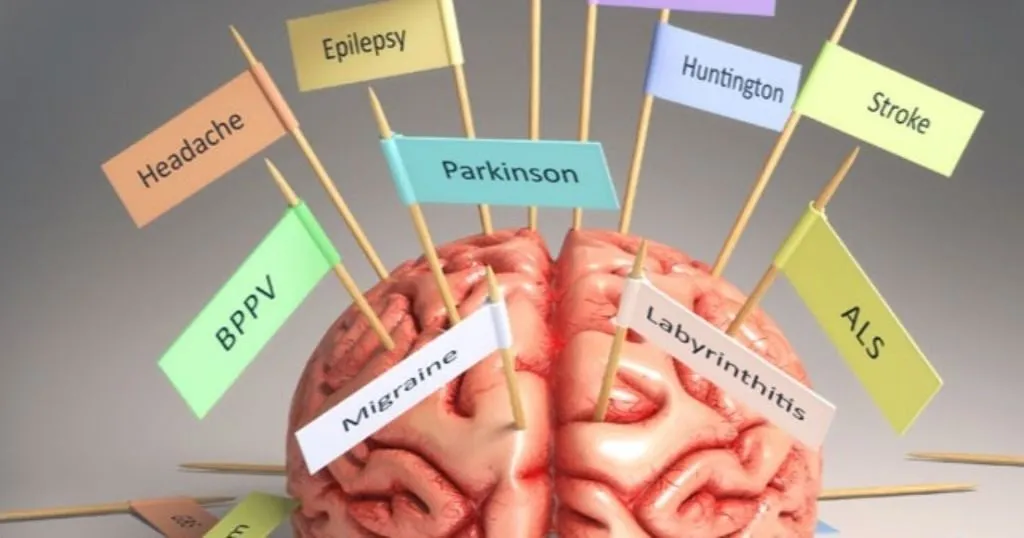How doing exercises counteracts the effects of Alzheimer’s disease
Recent research has shown that rats induced with Alzheimer’s disease suffered less from the effects of the disease when subjected to exercise.
Posted by
Published on
Fri 10 May. 2019
Topics
| Alzheimer's Disease | EthoVision XT | Mice | Video Tracking |

Recent research has shown that rats induced with Alzheimer’s disease suffered less from the effects of the disease when subjected to voluntary, involuntary, and forced exercises. This non-pharmacological approach was shown to reduce the symptoms causing the disease.
How doing exercises counteracts the effects of Alzheimer’s disease
Alzheimer’s disease (AD) is a common, age-related neurodegenerative disorder in which braincells are progressively damaged and die, leading to symptoms of dementia like loss of memory, thinking skills, and eventually all other brain functions. A possible cause for AD is the accumulation of the so-called plaques and tangles inside the brain.
Plaques and tangles in Alzheimer’s disease
Plaques are formed when the enzyme β-secretase breaks down the amyloid precursor protein, a protein present in the cell membrane of brain cells that plays a role in the neuron’s growth and repairment. The product of the breakdown, the amyloid beta peptide (Aβ), is insoluble and binds together with other Aβ molecules outside the neuron, forming beta amyloid plaques. These plaques get between the neurons, hampering the neuronal signaling. Moreover, these plaques can activate an immune response, causing inflammation that might damage the neurons around it.
Tangles can be found inside a neuron. Each cell is held together by the so-called microtubules, which are long polymers used for transport inside the cell. The protein tau is located on the microtubule to make sure it doesn’t fall apart. It is thought that formation of Aβ plaques outside the cell activates a pathway that liberates the tau from the microtubule. This results in microtubules falling apart and tau sticking together, forming tangles. Accumulation of both plaques and tangles is known to cause AD.

Exercise and Alzheimer’s disease
Past research found that regular exercise training improves neuroprotection, inflammation, and cognitive and non-cognitive functions through a reduction of plaque and tangle formation. Researchers Belvianli and Okudan of Selçuk University, Turkey, investigated the difference between the effects of voluntary, involuntary, and forced exercises on cognitive and non-cognitive functions in rats induced with AD.
The researchers did this through the examination of three different behavioral tests: the open field test, the elevated plus maze test, and the Morris water maze test. Prior to these tests, the rats were trained for 90 days. The group assigned to voluntary exercises were housed in cages with running wheels. The group assigned to involuntary exercises was subjected to swimming exercise of one hour per day. The group assigned to forced exercises was forced to swim for one hour per day with the addition of a load attached to their tail.
Open Field test
For this test, animals are placed in a square arena for a certain amount of time. Observation of the rats gave insight on locomotor activity, anxiety level, and exploratory behavior. These observations were recorded and analyzed with EthoVision XT video tracking software.
Elevated Plus Maze test
For this test, animals are placed in a plus-sign shaped maze that contains two open and two closed arms. Observation of the rats gave insight into their anxiety level. These observations were recorded and analyzed with EthoVision XT video tracking software.
Morris Water Maze test
For this test, animals were placed in a circular pool with a hidden platform. The time searching for the platform can be used to evaluate spatial learning and memory function. These observations were recorded and analyzed with EthoVision XT video tracking software.
Exercise is beneficial to counteract AD
While AD caused a decline in locomotor activity, this impairment was reversed by exercise training. This also counted for the exploratory behavior. Furthermore, anxiety levels were increased by AD, but the severity of this was attenuated by the exercise trainings. On top of that, the impairment in learning ability induced by AD was prevented by the exercise trainings.
Biochemical analysis revealed that voluntary, involuntary, or forced exercise training decreased the formation of plaques and tangles in the hippocampus, which is the part of the brain responsible for spatial memory. Therefore, this research shows that all three types of exercise protocols improve behavioral deficits and suppress AD pathology. Voluntary, involuntary, and forced exercise almost equally attenuated non-cognitive disturbance and cognitive dysfunction in the rats induced with Alzheimer’s disease. This non-pharmacological approach brings us one step closer in the direction of finding more therapeutics for the disease.
References
- Belviranlı, M., & Okudan, N. (2019). Voluntary, involuntary and forced exercises almost equally reverse behavioral impairment by regulating hippocampal neurotrophic factors and oxidative stress in experimental Alzheimer’s disease model.Behavioural brain research, 364, 245-255.
- https://www.youtube.com/watch?v=v5gdH_Hydes
- https://noldus.com/blog/diazepam-alzheimers
Related Posts

Diazepam in the battle against Alzheimer’s

5 blog posts about brain research

